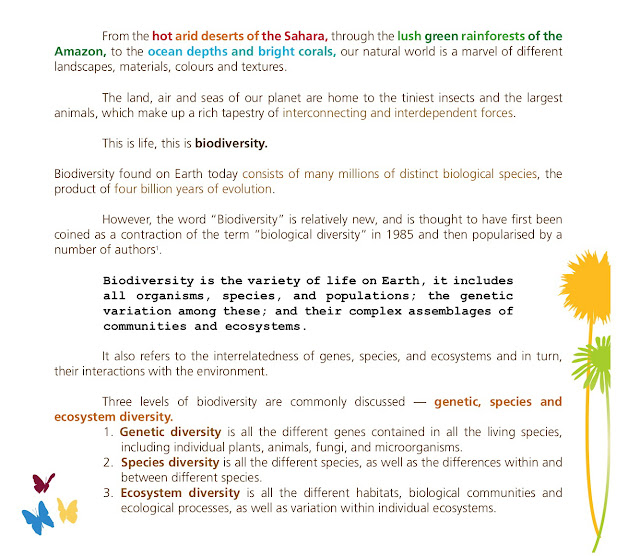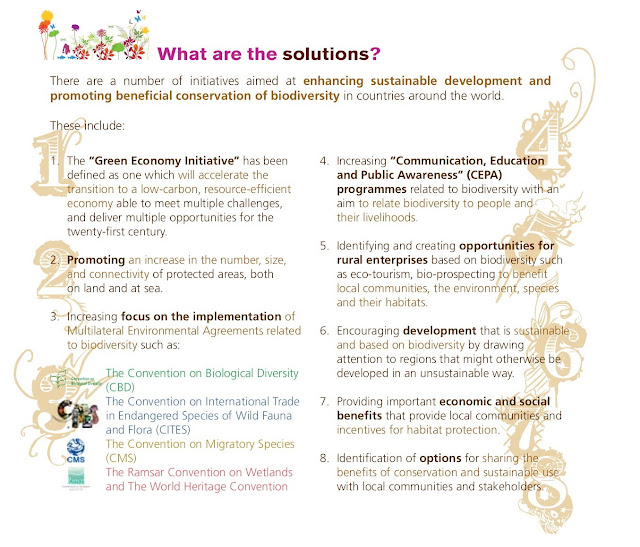Jamie Oliver's TED Prize wish: Teach every child about food | Video on TED.com
Why you should listen to him:
Jamie Oliver has been drawn to the kitchen since he was a child working in his father's pub-restaurant. He showed not only a precocious culinary talent but also a passion for creating (and talking about) fresh, honest, delicious food. In the past decade, the shaggy-haired "Naked Chef" of late-'90s BBC2 has built a worldwide media conglomerate of TV shows, books, cookware and magazines, all based on a formula of simple, unpretentious food that invites everyone to get busy in the kitchen. And as much as his cooking is generous, so is his business model -- his Fifteen Foundation, for instance, trains young chefs from challenged backgrounds to run four of his restaurants.
Now, Oliver is using his fame and charm to bring attention to the changes that Brits and Americans need to make in their lifestyles and diet. Campaigns such as Jamie's School Dinner, Ministry of Food and Food Revolution USA combine Oliver’s culinary tools, cookbooks and television, with serious activism and community organizing -- to create change on both the individual and governmental level.
Join Jamie's Food Revolution:
Planet Green's top 5 eco TEDTalks - 28 may 2010
Paul Stamets on 6 ways mushrooms can save the world >>
Chris Jordan pictures some shocking stats >>
Jamie Oliver's TED Prize wish: Teach every child about food >>
Al Gore on averting climate crisis >>
Michael Pritchard's water filter turns filthy water drinkable >>
Found at the TED website:
News and commentary on Caribbean culture, literature, and the arts
Beverly Bell writes about the complex relationship between Haitian peasants and Monsanto as they react to the company’s announcement that it is donating millions of dollars in seeds to Haiti.
Beverly Bell writes about the complex relationship between Haitian peasants and Monsanto as they react to the company’s announcement that it is donating millions of dollars in seeds to Haiti.
“A new earthquake” is what peasant farmer leader Chavannes Jean-Baptiste of the Peasant Movement of Papay (MPP) called the news that Monsanto will be donating 60,000 seed sacks (475 tons) of hybrid corn seeds and vegetable seeds, some of them treated with highly toxic pesticides. The MPP has committed to burning Monsanto’s seeds, and has called for a march to protest the corporation’s presence in Haiti on June 4, for World Environment Day. READ MORE HERE.
Announcing the 2010 TEDGlobal Fellows!
The 2010 TEDGlobal Fellows reflect both geographic and discipline diversity. From Venezuela to Ghana to Brazil to Costa Rica to Sri Lanka to Yemen, these pioneers are breaking new ground in technology, engineering, programming, biology, genetics, environmental science and invention. Fellows also are innovating in filmmaking, photojournalism, architecture, music, poetry, entrepreneurship and activism, among other disciplines.
“We are excited to host our second class of TEDGlobal Fellows in Oxford. They represent a spectacular concentration of cross-disciplinary talent and share a common goal of improving the state of humanity. We look forward to their active participation in the TEDGlobal community and the amazing collaborations that inevitably result from the Fellows' time together," said Tom Rielly, TED Fellows director.
If you click on TED Fellows it will open at the page that links you to all the individuals selected for this year.
and finally to see this video of Viktor Frankl go to the TED talks site .
Viktor Frankl: Why to believe in others
Neurologist and psychiatrist Viktor Frankl pioneered an approach to psychotherapy that focuses on the human search for meaning.






























